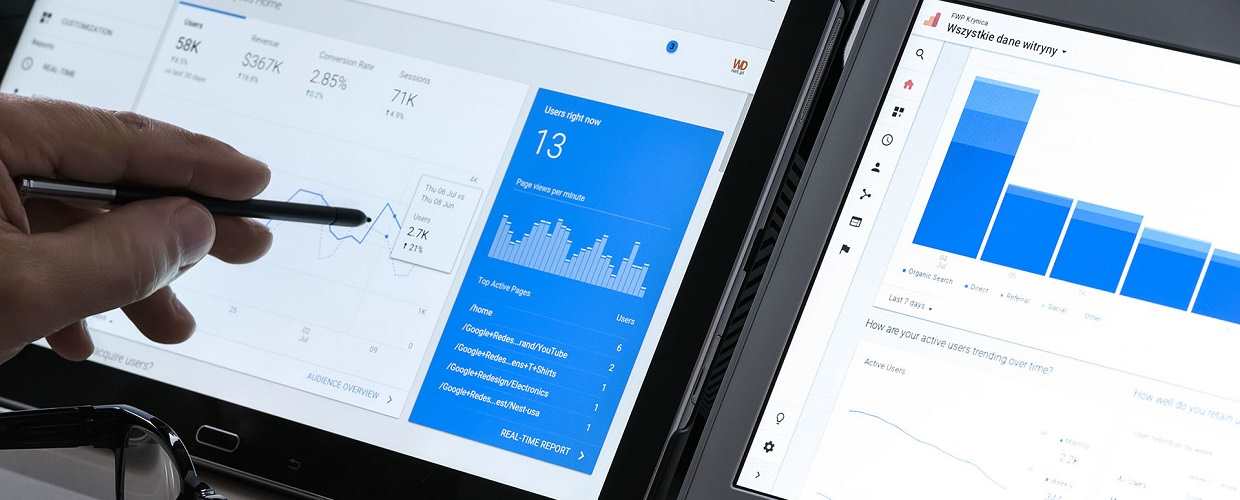SEO Perth report today that a Core Google Algorithm is upon us! Anyone who works in SEO or who runs a business that relies on its website ranking well on the search engines, should be aware that Google is in the process of releasing a core update. In truth, it is one update which is being released in two parts, due to the large number of changes that it includes, and as a result of some of the changes not being fully ready for release in June.
The first part is the Core Google Algorithm Update June 2021. You will not be surprised to know that part #2 will be the Core Google Algorithm Update July 2021 which no doubt will have many SEO veterans thinking that it was easier to remember animal and bird names when Google used them to identify its updates.
However, the words Panda and Penguin will also strike dread into many who remember the consternation these and other updates caused. They usually had a drastic effect on the rankings of many websites, as at the time Google sought to downgrade the rankings of websites that were low on quality and content.
As for this June update, the initial feedback has not included screams of panic across the SEO world, and the general consensus has been one of wait and see. The reason is that as this update is being released in two parts, anything which changes with regards to a particular website’s or web page’s rankings due to part #1 may well be reversed when part #2 is released.








